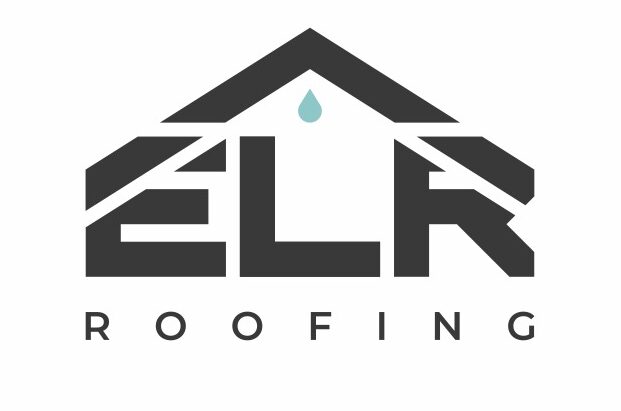Living in Australia means embracing the extremes, especially when it comes to weather. In Melbourne, storms can roll in fast and hard, and further north, cyclones are a real seasonal threat. So how does Colorbond stack up when Mother Nature isn’t playing nice?
Let’s take a closer look at why Colorbond is increasingly the roof of choice for storm-prone regions.
What We’ll Cover
In this article, we explore how Colorbond roofing is engineered for extreme weather, how it compares to other materials under pressure, and what steps homeowners can take to stormproof their home.
Why Colorbond Holds Strong in a Storm
1. Superior Wind Resistance
Colorbond roofing is installed using overlapping sheets fixed directly to the roof structure. This creates a tight, secure surface with fewer entry points for wind to lift or tear. When properly installed, it meets or exceeds the wind load requirements set by the National Construction Code.
2. Fewer Loose Components
Tile roofs, while beautiful, are prone to individual tile movement or dislodgement during high winds. Metal roofing provides one continuous surface — no individual components to fly off during a storm.
3. Resistant to Water Ingress
Colorbond’s sleek panels and secure fixings help keep water out even in driving rain. In contrast, tiled roofs often rely on the underlay to stop leaks, which can wear or tear over time.
4. Excellent Fire Protection
During bushfire season, Colorbond also offers strong protection. Its non-combustible surface helps prevent ember entry, a critical feature for homes on Melbourne’s urban fringe where fire risk overlaps with storm risk.
5. Low Weight, High Strength
Despite being lightweight, Colorbond steel is incredibly strong. Its flexibility allows it to absorb wind forces without cracking or breaking — a common issue with brittle roofing materials.
If you’re in a Melbourne suburb that sees its fair share of storms — or if you own a coastal or rural holiday property — it’s worth speaking with a professional about the most cyclone-resilient roofing setup for your home. The team at ELR Roofing can assess your location and advise on the best fixings, profiles, and insulation options to enhance protection.
Questions We Hear from Homeowners
Q: Does Colorbond meet cyclone building codes?
Yes — when installed correctly using cyclone-rated fixings and techniques, Colorbond can meet all relevant standards for high wind and cyclone-prone areas.
Q: Can I retrofit storm-resistant features to my current roof?
If you have an existing Colorbond roof, reinforcing battens and upgrading fixings can help. But if your roof is older or another material, a full re-roof may be safer. See typical upgrade costs here: metal roof replacement costs
Q: Will my insurance premium go down with a metal roof?
Some insurers may offer lower premiums for cyclone-rated roofing, but it varies by provider. Always check your policy.
Ready for Any Forecast
Whether you’re facing gale-force winds, sideways rain, or bushfire risk, Colorbond is engineered to protect your home against the elements. Its resilience, low-maintenance design, and strong visual appeal make it a smart choice for storm-ready living — especially in unpredictable climates like Victoria’s.
